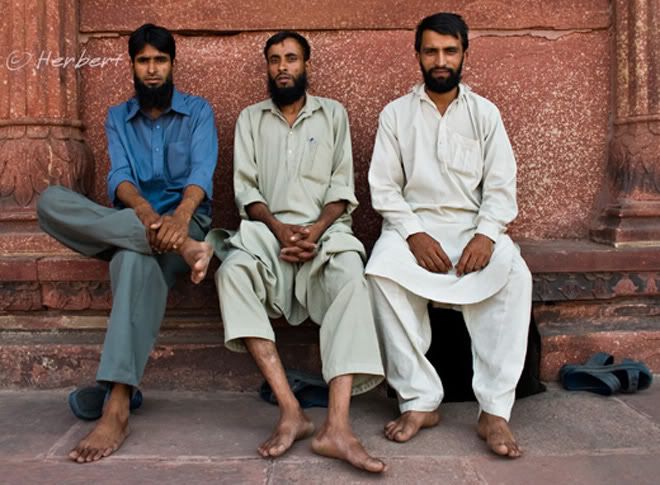
Locations: Chengyang, Guangxi, China ( 25° 54' 19" N, 109° 39' 17" E)
Date: 16 April 2005; 4.20pm
Camera: Canon Ixus IZoom
Chengyang is a traditional village of the Dong minority in Guangxi. It is well-known for its Wind and Rain Bridge and Drum Towers. As is traditional in such ancient Dong villages, there are also a couple of places where the community would gather in the village such as open-air opera house. When there are no gatherings or events in these places, they became the playground for the kids. There are hundreds of Wind and Rain Bridges in Guangxi as virtually every Dong village would have one. Chengyang's is one of the finest, most elaborate and well-preserved and was built in 1916. It is a popular tourist destination for visitors in this part of the province. It is so popular that the village is "poisoned" by its popularity. Instead of being the usual hospitable, warm and friendly Dong village (I have been to many and all of them are very, very friendly and warm), most of its residents only see dollar (oops, I mean Yuan) sign in their dealings with outsiders. Money is demanded from any outsiders who want to take a photo of the residents (adults demand it on behalf of kids), their houses or even walk into a public area such as this opera house compound! It was one of my most disgusted experiences in rural China.

























